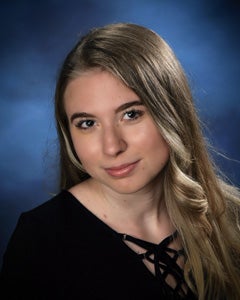Sabrina Andrei

Pronouns: she/her
Research Mentor(s): Twila Tardif, Professor
Research Mentor School/College/Department: Psychology, College of Literature, Science, and the Arts
Presentation Date: Thursday, April 22, 2021
Session: Session 1 (10am-10:50am)
Breakout Room: Room 3
Presenter: 2
Abstract
Language can be taught in a variety of ways, but is there a specific way that helps young children benefit the most? The present study of English language learners was conducted in order to see if children’s acquisition of possessive and past tense in English could be facilitated by watching “passive” but targeted child-centric animations, and if a child’s first language plays a role in their second language acquisition. For this study, native Spanish- and Mandarin-speaking children were tested on their English vocabulary and grammar before and after being shown immersive language-learning animations where both implicit and explicit teaching methods were used. Although this study is still in progress we found that both the Spanish and Mandarin-speaking children were able to learn English vocabulary and grammar from the animations. One question that we now have is whether children who received the same exposure to the target learning material but in an interactive game would be better able to learn and whether their learning would be affected by the amount of media exposure children get in their day to day lives.
Authors: Sabrina Andrei, Twila Tardif
Research Method: Qualitative Study






